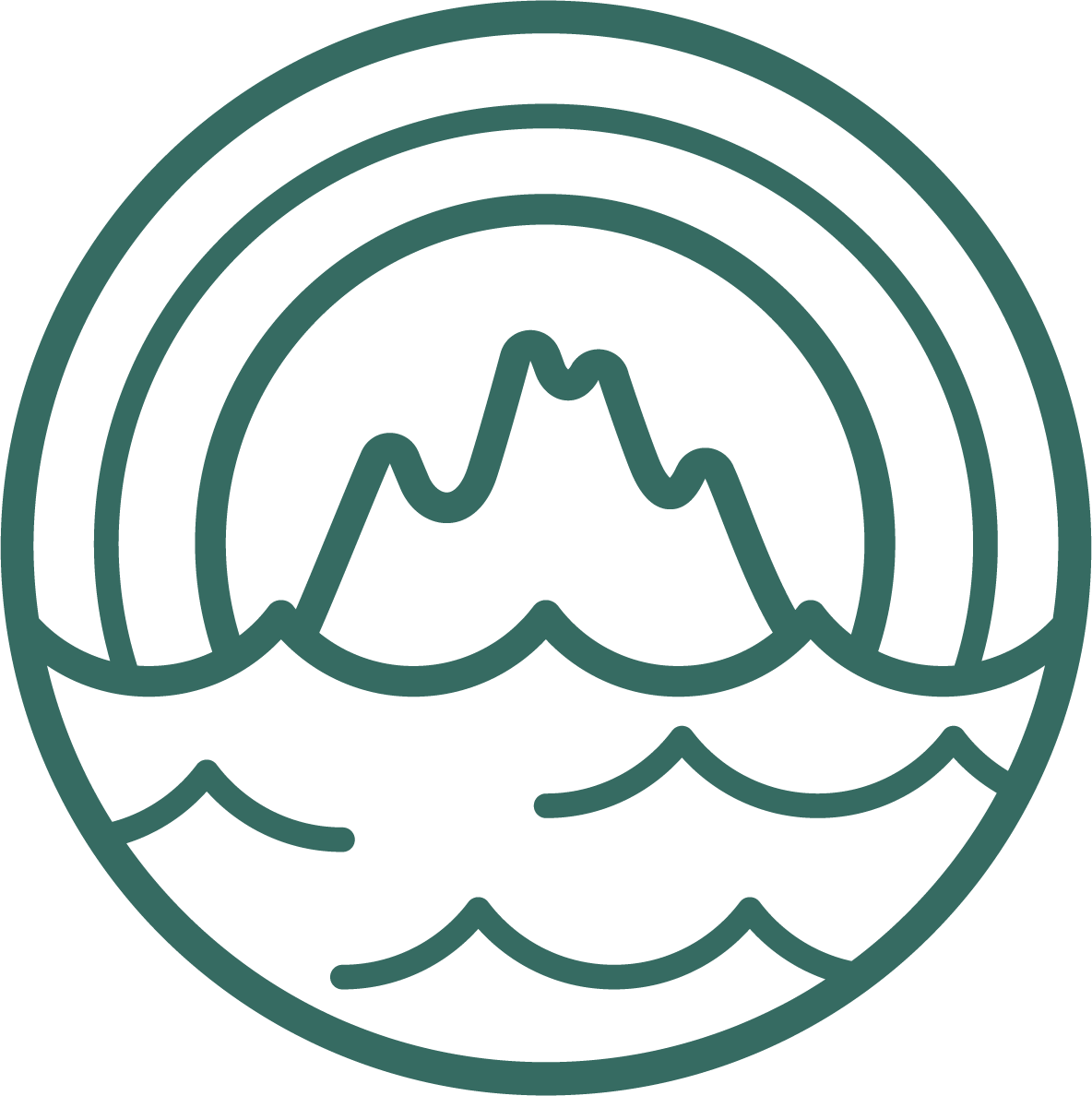
10 Mar GK–12 Project

GK–12 fellows and workshop participants visited a farm for giant clams as part of the Palau workshop.
CRDG continued its work with the National Science Foundationfunded GK–12 project this year with twelve graduate fellows working in fourteen schools throughout the state. This partnership with the Ecology, Evolution, and Conservation Biology (EECB) program at UH Mānoa works to upgrade fellows’ communication skills, provide teachers with content knowledge about cutting-edge research on Hawai‘i’s unique environment, and reduce the time between the generation of new scientific knowledge and its impact on student learning. CRDG provides the education component of the fellows’ preparation, teaching them how to engage students and teachers in inquiry investigations related to their research.
Comments from teachers at Palau Environmental Education workshop
“I wish this would continue every summer so we could follow up, especially in Jellyfish Lake with the invasive anemones. The activities are useful because I can apply them at my school.”
This is the seventh year the CRDG has been involved in the GK–12 project, and the results are visible in the community. This year seven fellows, under the direction of Project Coordinator Erin Baumgartner and former fellow Alex Handler, currently with the Center for Conservation, Research, and Training at UHM, used what they had learned in the program to plan and implement an 8- day workshop for approximately thirty teachers on Palau. Their goal was to introduce teaching science as inquiry to the Palau teachers as a way to help them improve the quality of their science teaching.
A second goal of the GK–12 program, and of the Palau workshop, was to create new partnerships by bringing teachers and researchers together to infuse classroom teaching with current research. Seven researchers on Palau were recruited to participate in the workshop and have continued their collaborations with teachers.
A second offshoot of the project is the expansion of the intertidal biodiversity project started at ULS by former fellow Chela Zabin. As a GK–12 fellow, Chela worked with ULS ninth-graders to survey and catalog several coastal sites around Oahu and to start a database to catalog the intertidal environment. Once the program was established at ULS, Chela expanded the project to Kahuku Intermediate and High School and Farrington High School on Oahu, and Kalama Intermediate School on Maui. She also headed a team that developed an instructional guide for teachers new to the project, a set of identification cards for coastal organisms, and an online field guide also. This year, current fellows Jo Philippoff and Erin Cox have taken over the project and are working to expand it statewide. Another new development this year was the transfer of the database to the National Oceanic and Atmospheric Administration (NOAA). We are excited about the continued growth and success of this project as more schools get involved and help to collect new data.
Finally, one of the ongoing impacts of the project is a new course in science teaching for graduate students in the sciences developed by CRDG’s Erin Baumgartner. Feedback from fellows in the GK–12 program indicated that the education component had been especially valuable, and was something they thought all graduate students in the sciences could benefit from. As a result, Erin developed a one-credit seminar, taught for the first time in 2005 in the zoology department. The course filled and was so successful that it has been expanded to a two credit course for 2006.
Participating Schools
Baldwin High
Castle High
Farrington High
Island School
Kahuku Intermediate
Kalama Intermediate
Kamehameha Middle
Kapa‘a Middle
Mililani High
Roosevelt High
Saint Anthony
Seabury Hall
University Laboratory School
Waimea High




